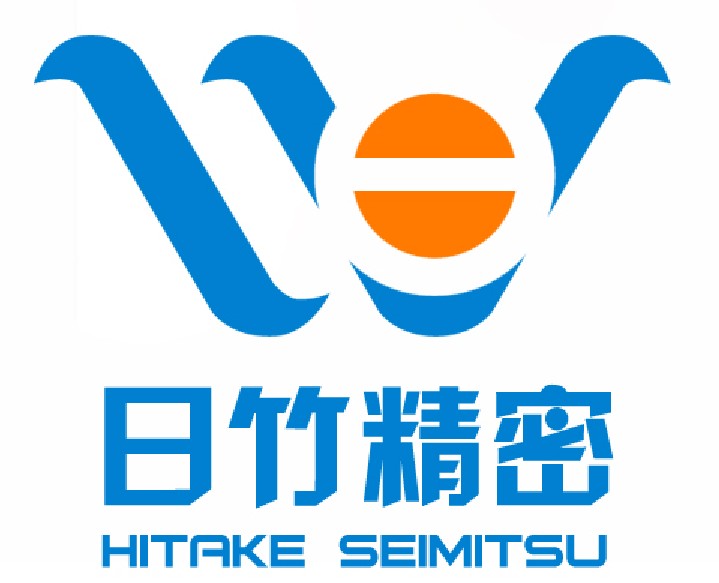We sometimes use combination screws in our daily lives, but do you have any understanding of combination screws? Perhaps people nowadays rarely learn about combination screws. If you don’t want to know, you can take a look at this news article.
A combination screw refers to a combination of a screw with a spring washer and a flat washer that is tightened together by rubbing teeth. And a two combination screw refers to a screw that is only equipped with one spring washer or only one flat washer. Do you want it? It can also be a two combination component that is only equipped with one spline tooth. The national standard number of the combination screw is represented by GB9074. The commonly used cross recessed small pan head three combination screw has the national standard number GB9074.8. That is to say, the head size of a pan head screw. Represented by letters as PM. A professional manufacturer of combination screws, commonly referred to as a three in one PM. The commonly used cross recessed large pan head combination screw has the national standard number GB9074.4. Professional name for large pan head combination screws. Or R-headed, or B-headed. That is to say, the head of this combination screw is larger and thicker than that of the small pan head combination screw. Another commonly used type is the external hexagonal combination screw, which is a cross external hexagonal combination screw. Commonly referred to as concave hexagonal combination screws. The national standard number is GB9074.13.
High strength hexagonal head bolt combination screws are mainly used for steel structures, such as railway and highway bridges, boiler steel structures, industrial factories, high-rise civil buildings, tower and mast structures, lifting machinery, and steel structures that require the use of friction type high-strength bolt combination screws. Its characteristic is that the bolt, also known as the bolt, has an additional dodecagonal body at the end. When installing, a special electric wrench must be used, which has two socket heads on top and bottom, one on the hexagonal body of the nut and the other on the decagonal body of the outer hexagonal screw. When tightening, apply a clockwise force to the nut and an equal counterclockwise force to the dodecagonal body of the bolt, so that the neck between the end of the outer hexagonal screw and the dodecagonal body is subjected to torsional shear until the neck is cut off, and the installation is completed. This type of high-strength external hexagonal screw is a one-time screw that cannot be removed after installation.

